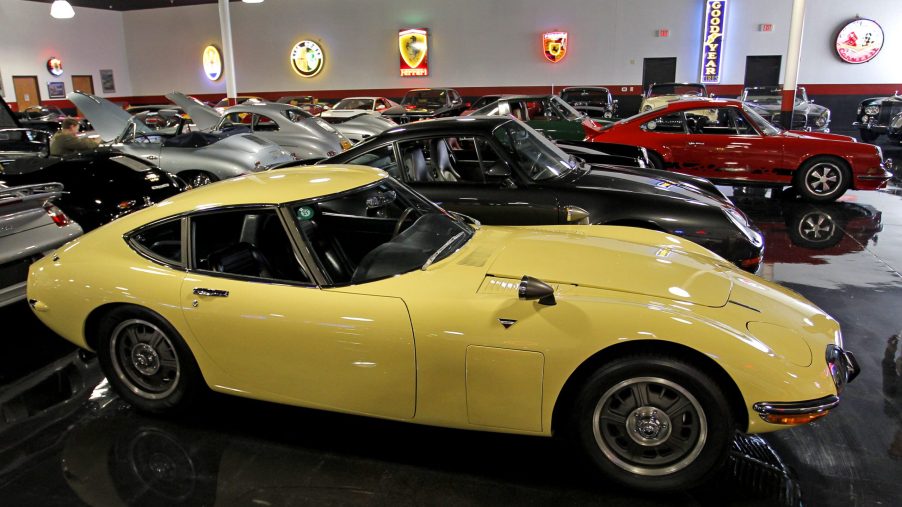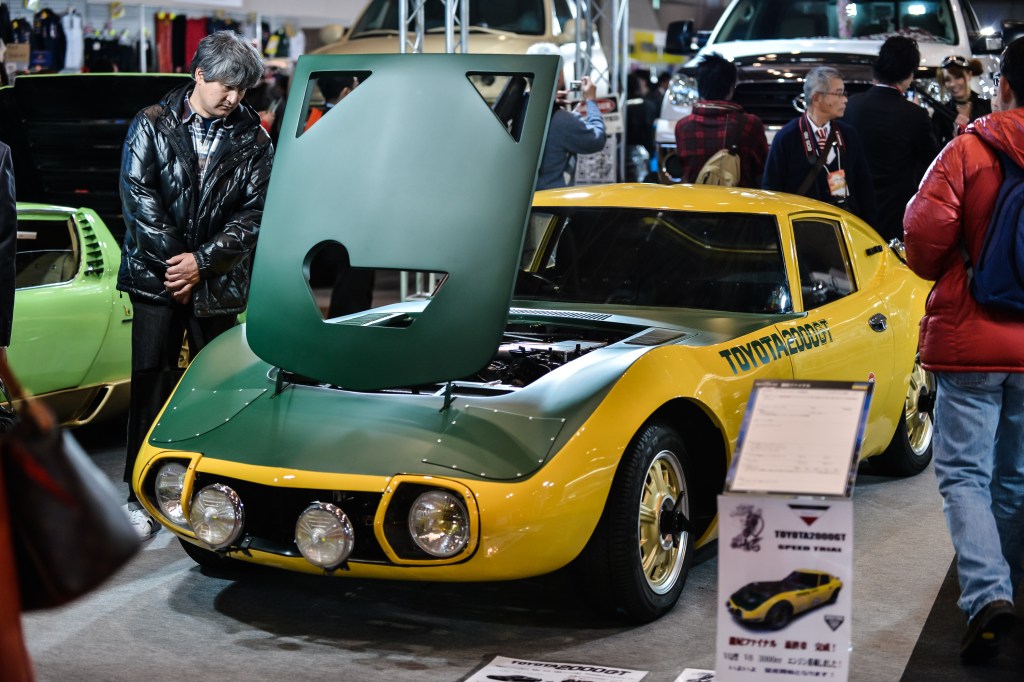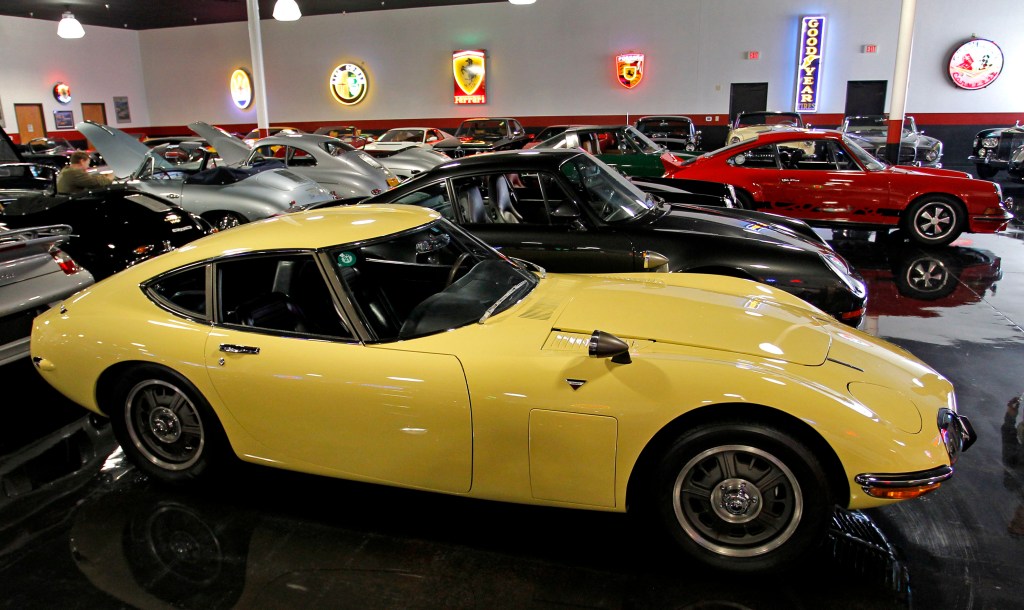
Did You Know Yamaha Made Sports Cars?
Yamaha is renowned worldwide as a producer of musical instruments and motorcycles. For decades, its engineers also contributed to the automotive world behind the scenes. For example, they were responsible for the high-revving V6 and V8 motors in Ford’s first two Taurus SHOs.
Many of Toyota’s high-performance engines also bear their handiwork. In the case of Toyota’s 2000GT, Yamaha’s role really can’t be overstated. It was intimately involved in the project, from the design phase all the way through production.
When one door closes, another opens

In the early 1960s, Toyota’s rival Nissan tapped Yamaha to develop a new sports coupe, resulting in a prototype called the A550X. When the deal fell through in 1964, Yamaha approached Toyota to try and salvage the project, according to Sports Car Digest. With approval from leadership, the collaboration moved forward into uncertain territory.
At that time, Toyota didn’t have any high-performance engines. What they did have was a 2.0-liter inline-six from the Crown sedan. So engineers at Yamaha designed a more advanced DOHC cylinder head to wring out more power. Fed by a trio of Mikuni-Solex carburetors, horsepower jumped from 110 to 148 hp at 6600 RPM. While not as gutsy as the 4.2-liter Jaguar E-type, the 2000GT powerplant was free-revving and responsive.
The 2000GT was assembled by Yamaha

Toyota tasked their in-house designer Satoru Nozaki with the bodywork. While the original A550X prototype resembled a C2 Corvette Sting Ray, the final 2000GT was more along the lines of a Jaguar or Lotus. Underneath, the chassis was very similar to the Lotus Elan, with a backbone design instead of the prototype’s unibody construction. Double-wishbone suspension graced all four corners, along with disc brakes.
Because it was unlike anything Toyota was producing at the time, it made sense to outsource production of the 2000GT to Yamaha. Per Sports Car Digest, they were constructed there in small batches and many elements were hand-finished. The level of craftsmanship and attention to detail in the 2000GT was extraordinary, and that’s one reason why the cars are so valuable today.
The interior was finished by Yamaha’s piano division

Wood dashes were fairly common in sports cars of the 1960s, but not all were as finely crafted as the 2000GT’s. Yamaha’s experience in building pianos gave the firm unique expertise to construct rosewood paneling throughout the interior. It’s one of the details that makes the 2000GT special and highlights Yamaha’s considerable contributions as well.
Final thoughts
While the 2000GT was clearly a collaborative effort between Toyota and Yamaha, the car wouldn’t be the same without the latter. From the musical engine note and willing character of the engine, to the stunning interior finish, the evidence is clear. It was one of the early stages in a partnership that continues to this day, and helped to create many of Toyota’s iconic powertrains in the decades since.
RELATED: 2022 Toyota GR Corolla Hot Hatch: How Fast Will It Be?


